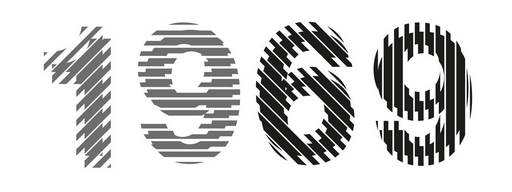Oreian’s Whirlpool
When Radu Oreian returned to his home in Romania, he saw its landscape through the valence of Bruegel’s Hunters in the Snow. For The Return (2022), the artist reinterpreted the spatial stacking of Bruegel’s world as a rhizomatic network of forest; a charged and psychic ecology filled with organs and vestigial chambers that confront us with the dying matter of the landscape. Oreian considers the visual languages of the past neither as forms of inheritance nor burden. Instead, the fading dreams and techniques of the Renaissance and the early tile works of Pompeii present themselves as an active holodeck of possibility–a vibrant, relational model the artist uses to understand and recode his personal experiences through the echoes of the past. Referring to this temporal mixing as a whirlpool, he brings the ancestry of pictures and images to the surface of the present, engaging with history as an open system.
Oreian paints and thinks in depths, realized materially through glazing and conceptually through the stacking of pictorial strata. The artist sets about triggering the sublime from both sides of its scale. The sprawling subtleties of textures, of releasing tendrils and extending filaments of paint, threaten the gestalt of each work through a sublime effect of minutiae and detail. While the exhaustive details function as a metonym for microscopic awe, indexing microbes or cellular organisms too numerous to catalog, the density of the whole scene strains to record the vastness of the ecosphere. The title of Flesh Vertigo (2022) is an intimation that we are looking down on a swarming mass of bodies from a God’s-eye viewpoint. To further build these registers of sublime, Oreian disassembles and confuses the boundaries of the subject, suggesting a grotesque relationship by confusing the landscape with the digestive system of the body. To literalize this effect, each body, limb, or plant in Oreian’s work is suffused with connecting entrails to substantiate the moments of passage. In Tornado Reverie (2022) and Portrait with Medieval Monkey (2022) intestines connect figures to the landscape through shared organs, each eliciting the reminder of our encroaching surroundings as our ecological systems continue to collapse.
In the dark lapis and coral greens we can see glimmers of the reflection pools of Art Nouveau, and the richly dark atmospheres of Eastern and Southern European Surrealists– the familiar densities of Dado and the fluoresce of Ljuba. His practice suggests that the pictures and images of history map themselves onto our experiences, offer lenses to our instantaneous reality, and shape what we expect about narratives when we finally arrive at them. We grow into them, fill the spaces of their silhouettes, step into archetypes and feel comforted by the infinite stacks of eidetic knowledge that make our personal experiences into rhythms instead of isolated notes. It is an empathy cultivated through the dream worlds of ancient artists, what the Italian painters called sogni dei pittori, the unrestricted dreams of painters that visited them from the very beginning of the world– the visions within the cave. These enchantments and familiar shadows of frescoes and the Dutch Renaissance avoids nostalgia or reverence, while still channeling something numinous. In the mosaic piece The Bridge (2022), Oreian poses a skeleton reaching for a growing plant. Oreian’s return to the source opens history, attempting to expand his personal experience into a contemporary esperanto or common tongue; and, in so doing, allows us to see what is familiar and forever returned to us–our dependence and permanent connectedness to the natural world in which we live.
Andrew Paul Woolbright is an artist and critic based in Brooklyn, New York and is a regular contributor to the Brooklyn Rail
